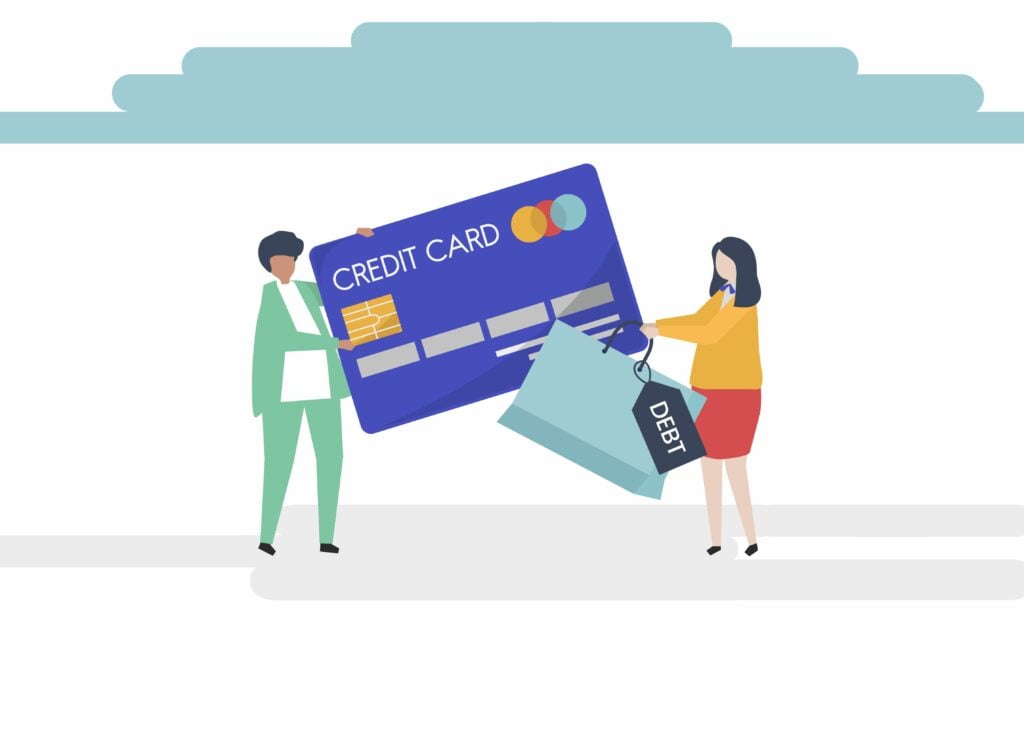How to stop smoking
Reviewed by therapist.com team

Reasons to Stop Smoking
Smoking causes serious harm to both your physical health and mental health. It also harms the physical and mental health of those around you.


The effects of smoking can be devastating. According to the Centers for Disease Control and Prevention (CDC), smoking cigarettes is the leading cause of preventable death in the United States, causing nearly one in every five deaths each year.
Physical Effects of Smoking
Smoking damages almost every organ in the body. No demographic is immune to the effects of smoking. Common physical side effects of cigarette smoking include:
-
- Lung cancer
- Chronic obstructive pulmonary disease (COPD)
- Stroke
- Heart disease
- Infertility and miscarriage
- Pregnancy risks (early delivery, stillbirth, etc.)
- Tooth loss
In addition to lung cancer, smoking can cause cancer in other parts of the body, including but not limited to:
-
- Trachea
- Larynx
- Throat
- Tongue
- Esophagus
- Blood
- Stomach
- Pancreas
- Liver
- Kidneys
- Bladder
Mental Health Effects of Smoking
People who smoke also have a higher risk of developing certain mental health disorders and related conditions, such as:
How Smoking Affects Your Loved Ones
According to the CDC, there is no amount of secondhand smoke exposure that is risk-free. Even small amounts of secondhand smoke can affect both the physical and mental health of your loved ones. Secondhand smoke increases a person’s risk for multiple health problems, including:
-
- Lung cancer
- Asthma
- Heart disease
- Stroke
- Sudden infant death syndrome (SIDS)
Why Can’t I Quit Smoking?
Many people who smoke want to quit but struggle to do so because they are addicted. Your smoking addiction may be physical, psychological, or both.
Physical Addiction
Nicotine is an addictive drug naturally found in tobacco. It causes your brain to artificially release dopamine and adrenaline. When you try to stop smoking, your body reacts to the loss of these chemicals, making you feel irritable and restless. These difficult feelings go away when you start smoking again, which just makes the addiction harder to break.
You can develop a nicotine addiction quickly. Many people who just want to try smoking once end up developing an addiction that makes it incredibly difficult for them to quit. Studies show that starting smoking at an earlier age increases your risk for developing an addiction.
What Are Withdrawal Symptoms?
If you’re physically addicted to nicotine, then your body has become conditioned to expect this substance, causing you to experience withdrawal symptoms when you stop smoking. If you do quit smoking, even temporarily, you are likely to experience some of the following symptoms of withdrawal, including:
-
- Insomnia and fatigue
- Headaches
- Sweating
- Hunger
- Coughing
- Anxiety
- Irritability
- Digestive problems (nausea, constipation, cramping, etc.)
The good news is that most withdrawal symptoms go away in a week or two, although some may persist for a few months.
Psychological Addiction
What Are Cravings?
Cravings involve the intense psychological urge to use a substance, such as nicotine. These cravings are often triggered by certain situations, circumstances, or emotional states that make you tempted to smoke, often as a way to alleviate stress, anxiety, or difficult emotions. Some triggers may be nostalgic reminders of good feelings associated with smoking. Common triggers for cigarette smokers include:
-
- Driving
- Spending time with others who smoke
- Drinking
- Seeing ashtrays, lighters, and other objects associated with smoking
- Feeling stressed at work
By avoiding or getting rid of certain triggers, you can make it easier to quit smoking. If you can’t avoid a certain trigger, a response plan or replacement activity for smoking (e.g., going for a walk or breathing deeply) can help you resist the urge to smoke. Most cravings go away in five minutes or less, so having a response plan in place can help you outlast your cravings and resist the temptation to smoke.
Should I Quit Smoking Cold Turkey?
Quitting cold turkey means stopping smoking immediately instead of easing off smoking slowly over time. Some people find great success in quitting cold turkey. However, quitting cold turkey may make your withdrawal symptoms more intense and therefore more difficult to resist.
It’s important to remember that quitting cold turkey isn’t “better” than any other quitting method. The best method of quitting is the one that works for you.
How to Quit Smoking Cigarettes
1. Create a Plan
You’ll have a higher likelihood of success if you create a plan to quit smoking, even if that plan is simply to quit cold turkey. By intentionally deciding to quit, you can think through what obstacles may stand in your way and which methods can help you overcome them.
2. Tell Your Friends and Family
You shouldn’t have to quit smoking alone. Let your support system know that you are trying to quit smoking so they can help keep you accountable. You’ll also want to let your smoking friends know that you may see them less often or not at all, at least for a while.
3. Clean House
Sights and smells associated with smoking can make quitting more difficult. Get rid of your cigarettes, lighters, ashtrays, and any other objects that remind you of smoking or would enable you to relapse. The smell of cigarette smoke can be a powerful trigger, so make sure to vacuum, do laundry, and spray air fresheners to get rid of the smell.
4. Anticipate Nicotine Withdrawal
No matter how determined you are to quit, withdrawal symptoms, cravings, and triggers will be difficult to overcome. Make a plan for how to deal with them instead of insisting that you’ll be “strong” enough to resist them.
If you feel tempted to smoke, remember your motivation, whether it’s your own health, the health of your loved ones, your finances, or a combination of factors. When you feel an intense craving, rely on a list of activities to try instead of smoking, such as:
-
- Exercising
- Deep breathing
- Drinking water
- Chewing gum or candy
- Going for a walk
- Keeping your hands busy
- Talking to a friend or family member
5. Avoid Triggers
In addition to making a plan for withdrawal, it’s also important to do what you can to avoid known triggers and strengthen your resolve to quit. You can do this by:
-
- Spending time with supportive friends and family
- Practicing self-care
- Learning stress management skills
- Avoiding alcohol or other drugs
Get Professional Help to Stop Smoking
Even with an intentional plan in place to quit, you may need professional help to stop smoking. There are many therapies and medications that can assist you in quitting smoking, such as:
-
- Cognitive behavioral therapy (CBT): CBT helps you identify unhelpful or negative thought patterns that affect your emotions and behaviors. With a CBT therapist, you can learn to recognize the thought patterns that tempt you to smoke and how to resist and change them. Click here to find a CBT therapist near you.
- Hypnotherapy: Hypnotherapy has proven effective in helping people quit a variety of addictions, including smoking. However, it’s not a cure-all, and it is often most effective when paired with other forms of therapy. Click here to find a certified hypnotherapist near you.
- Nicotine replacement therapy (NRT): Smaller doses of nicotine delivered through means other than cigarettes, such as gum, patches, or nasal sprays, can help reduce the intensity of your withdrawal symptoms and make it easier to quit.
- Other medications: Your doctor may prescribe you other medications that do not contain nicotine that can help alleviate withdrawal symptoms over a short period of time.
What About E-Cigarettes (Vaping)?
The use of e-cigarettes, known as vaping, is not an FDA-approved nicotine replacement therapy.
According to the CDC, 99% of e-cigarettes contain nicotine, even those marked as containing no nicotine. This means that vaping is just as addictive as more traditional forms of smoking or using tobacco, such as chewing.
Although e-cigarettes contain fewer chemicals overall than traditional cigarettes, they still contain nicotine and cancer-causing chemicals, making them unsafe to use, especially among teenagers and young adults.
What If I Have a Smoking Relapse?
Relapse is often part of the recovery journey for people struggling with addiction. It’s important to avoid making exceptions to allow smoking for special events or “just one cigarette” when you really want one. Making even one exception can lead you back to addiction.
If you relapse, it’s okay. Help is available now. Call 1-800-QUIT-NOW to get free, confidential help to stop smoking today.

Sources
- https://www.cdc.gov/tobacco/data_statistics/fact_sheets/health_effects/effects_cig_smoking/index.htm
- https://www.cdc.gov/tobacco/data_statistics/fact_sheets/secondhand_smoke/general_facts/index.htm
- https://www.cancer.org/healthy/stay-away-from-tobacco/why-people-start-using-tobacco.html
- https://www.cdc.gov/tobacco/basic_information/e-cigarettes/Quick-Facts-on-the-Risks-of-E-cigarettes-for-Kids-Teens-and-Young-Adults.html
- https://www.cdc.gov/tobacco/basic_information/e-cigarettes/about-e-cigarettes.html
About the author
The editorial team at therapist.com works with the world’s leading clinical experts to bring you accessible, insightful information about mental health topics and trends.
Related articles

Compulsive shopping: Symptoms, causes, and treatment
Compulsive shopping is an impulsive behavior that can harm your finances and...

Are video games actually bad for you?
Video games offer some mental health benefits, but excessive gaming can lead to...

Internal Family Systems (IFS) therapy for addiction
IFS therapy can help people understand and manage the parts of themselves that...

10 ways to shop healthfully, not compulsively
Shopping addiction can take a toll on your wallet and your mental health...
